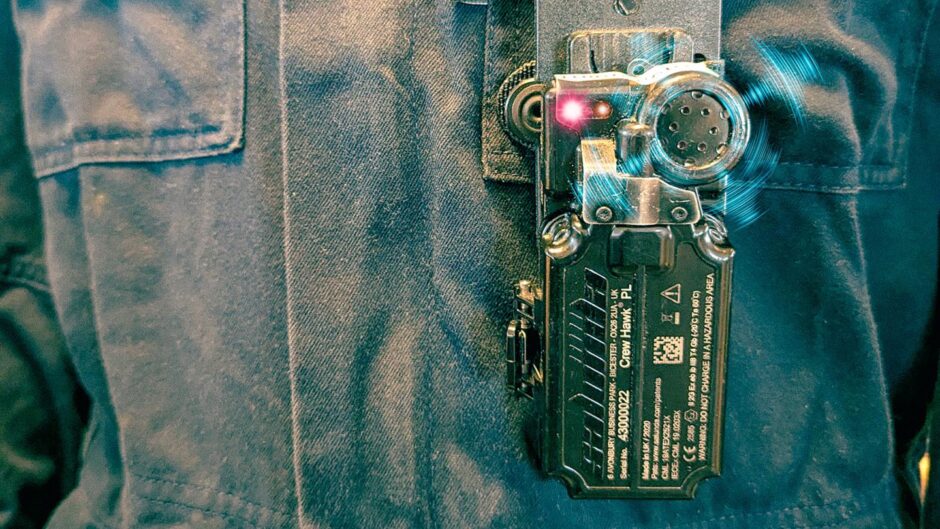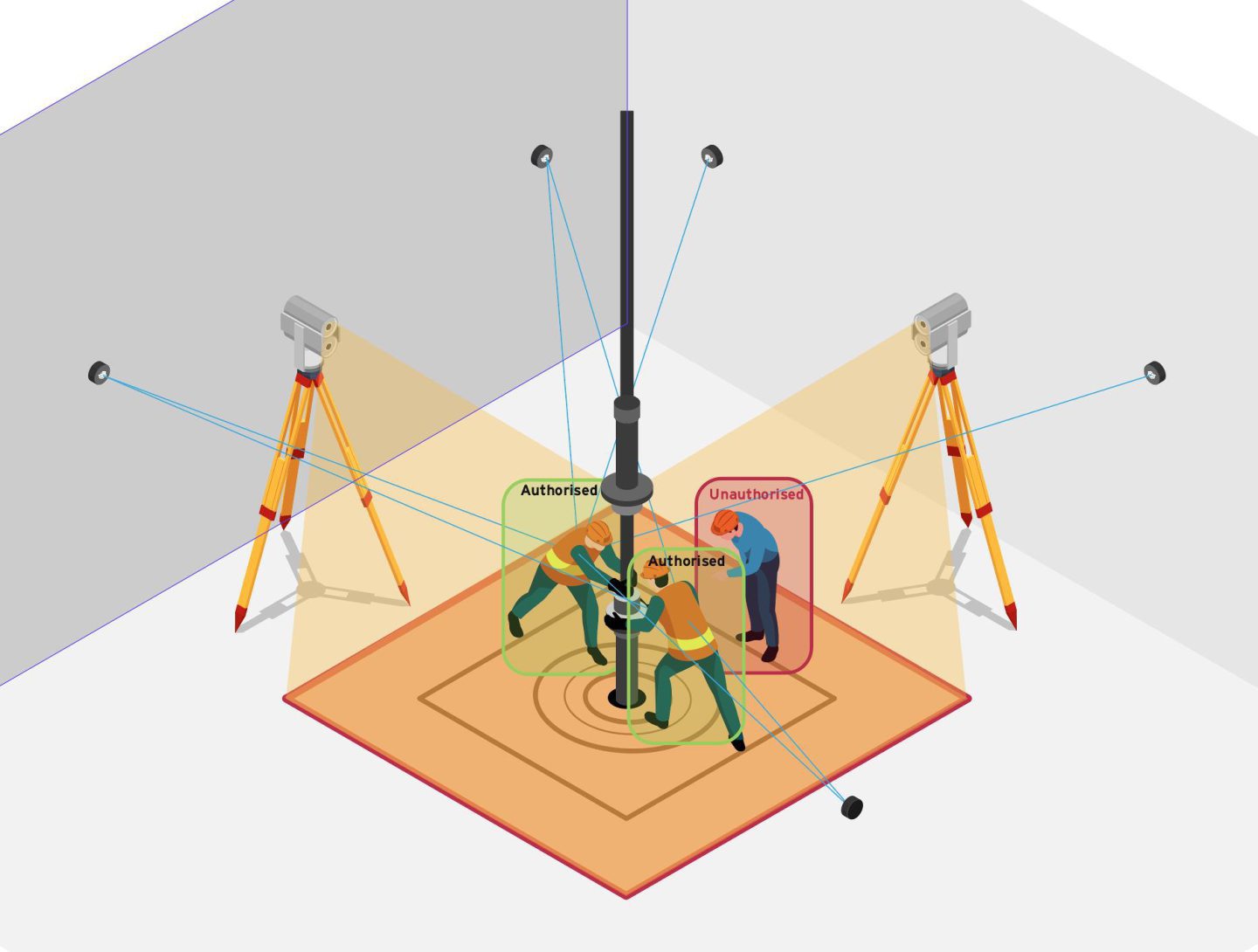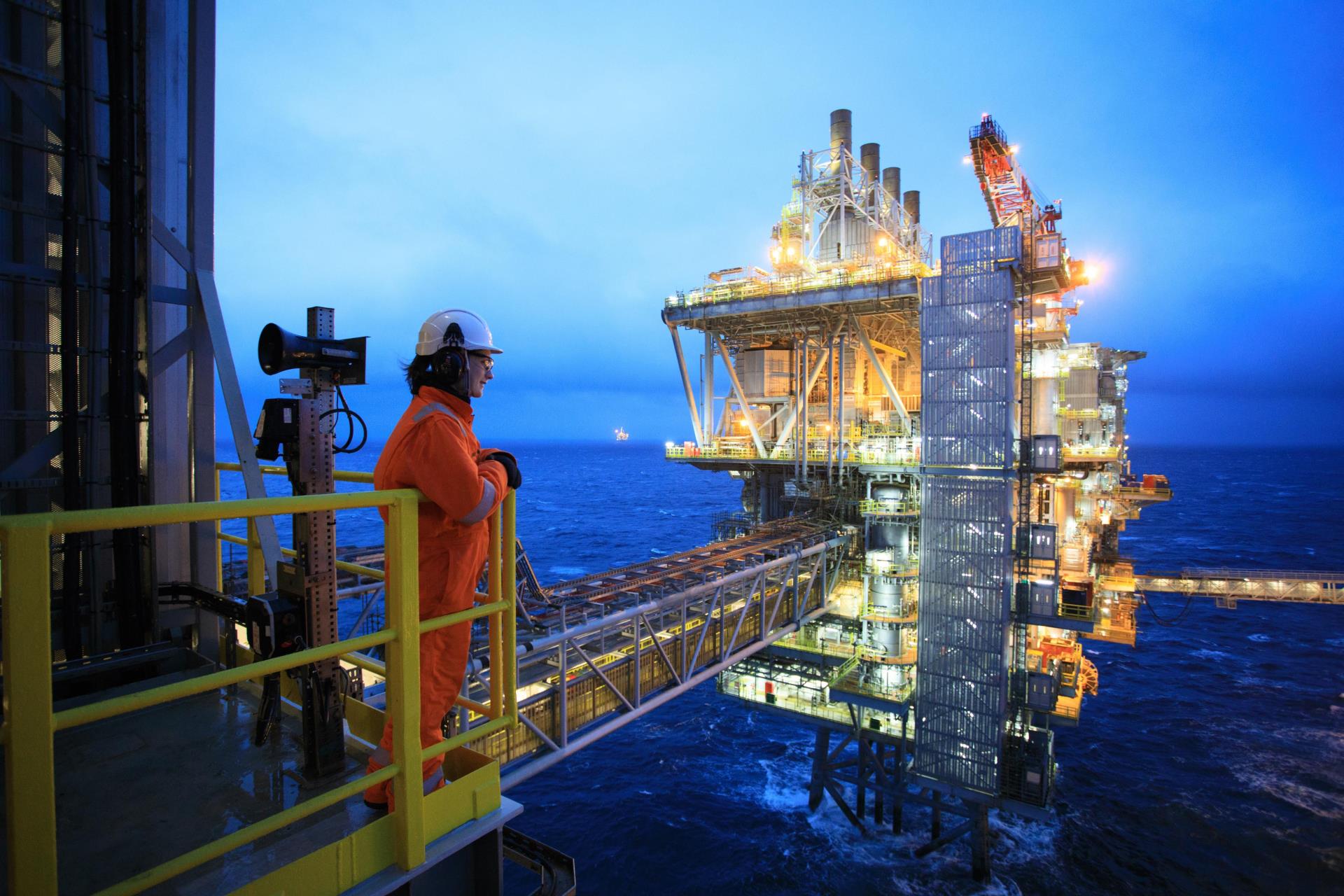
BP (LON:BP) will roll out the Crew Hawk wireless safety monitoring tool on two of its North Sea assets after a successful trial on its Clair Ridge platform.
The Crew Hawk system allows users to set up perimeters in high risk working environments.
It can instantly trigger an alarm if workers enter an area which they are not authorised to, with the ability to set up ‘red zones’ around certain equipment and machinery.
After trialling the system, BP signed a deal with Crew Hawk creator Salunda to implement the tool more widely. Around 100 offshore staff have so far used the system across its deployment.
Salunda did not disclose the value of the agreement.
Salunda chief executive Alan Finlay said it is the first time the technology has been used for well interventions.
“We are committed to continuously improving the welfare of people working in safety-critical industries,” he said.
“To this effect, Crew Hawk has redefined red zone monitoring by providing instant updates to the area authority and use of the technology greatly enhances the safety of hazardous operations.”
In addition to BP, Salunda said it is already working with several drilling contractors and operators and is in “active discussion” about future North Sea deployment.
North Sea safety
The BP investment in the monitoring tool comes as the UK safety watchdog continues to raise concerns of North Sea operators going “backwards” on critical maintenance.
The Health and Safety Executive (HSE) said earlier this year that safety-critical maintenance backlog has become a major issue for the industry, with some individual platforms having tens of thousands of outstanding hours post-Covid.
The regulator found 175 “dangerous occurrences” across North Sea installations in 2023, with total non-compliance issues the highest since 2018.
North Sea firms including Apache, Repsol, Ithaca Energy, Petrofac, and CNOOC are among those to receive warnings in recent months.
Recommended for you


 © Image: Salunda/BIG Partnership
© Image: Salunda/BIG Partnership © Supplied by Primat Recruitment
© Supplied by Primat Recruitment